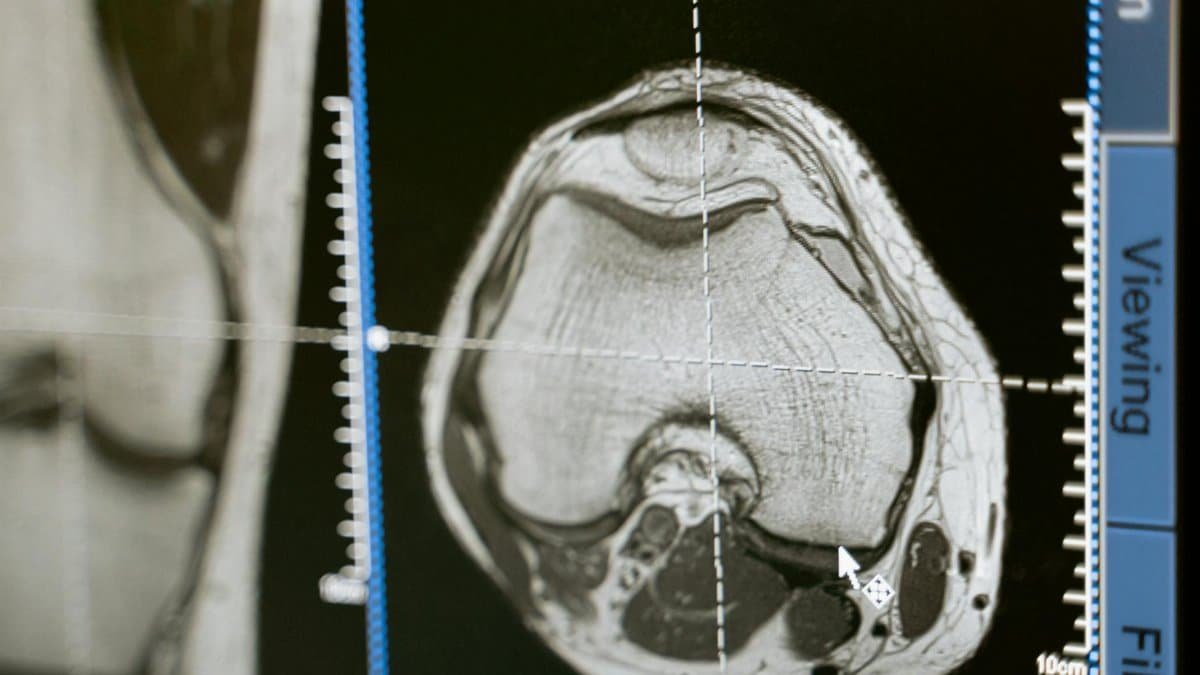Is a car body scan really the solution for staying grounded in gridlock? With commutes eating up hours and stress levels spiking, a quick mindfulness practice could be the answer. A car body scan—a brief, seated meditation focusing on physical sensations—lets drivers reset mentally without losing focus on the road. Done right, it takes just five minutes and can transform a frustrating drive into a moment of calm. Here’s how to master this simple technique in 2025, even during the worst traffic jams.
What Is a Car Body Scan?

A car body scan is a mindfulness exercise tailored for drivers or passengers. It involves mentally scanning your body from head to toe, noticing tension or discomfort while staying aware of your surroundings. Unlike traditional meditation, it’s designed to keep you alert—crucial when you’re behind the wheel. This practice can ease physical stress and mental fatigue, making it ideal for long commutes or stressful drives.
Why Try It During Your Commute?

Commuting often means tension—clenched jaws, tight shoulders, and frayed nerves. Studies show mindfulness reduces stress hormones like cortisol, helping you stay composed. A car body scan offers a practical way to release that strain without pulling over. It’s a small act with big impact, especially for the millions of Americans spending over 25 minutes daily on the road, per data from the U.S. Census Bureau.
Step 1: Set the Scene Safely

Safety first. Only do a car body scan when you’re at a complete stop—think traffic lights or gridlock. Keep your hands on the wheel and eyes open, scanning the road. If you’re a passenger, you’ve got more flexibility, but drivers must prioritize awareness. Turn down the radio to minimize distractions. This sets the stage for a focused, brief reset without risking safety.
Step 2: Start with Your Breath

Take a slow, deep breath through your nose, exhaling through your mouth. Do this for 30 seconds, feeling your chest rise and fall. Anchor your attention here. This isn’t about zoning out—it’s about grounding yourself. If your mind wanders to honking horns or deadlines, gently bring it back to your breathing. This step primes you for the full scan.
Step 3: Scan from Head to Toe

Over the next two minutes, shift your focus gradually. Start at your forehead—notice any tightness. Move to your jaw, neck, and shoulders, areas where stress often hides. Then check your arms, hands gripping the wheel, chest, stomach, and legs. Don’t try to fix anything; just observe. This quick inventory helps you spot tension you didn’t even realize was there.
Step 4: Release and Refocus

Once you’ve scanned your body, take another deep breath. On the exhale, imagine letting go of any tightness you noticed. Don’t force it—simply intend to relax. Then shift your attention back to driving as traffic moves. This final step ensures you’re calm yet alert, ready to handle whatever the road throws at you.
Benefits Backed by Science

Research supports mindfulness practices like body scans for reducing anxiety and improving focus. A study from the American Psychological Association highlights how even short sessions can lower stress and boost emotional regulation. For drivers, this means less road rage and better decision-making. A five-minute car body scan isn’t just a feel-good trick—it’s a tool for mental clarity when you need it most.
Tips for Making It a Habit

Consistency turns this into a game-changer. Pick a trigger—like stopping at a specific intersection—to remind yourself to scan. Keep it short; five minutes is plenty. If you’re new to mindfulness, don’t overthink it. Just notice your body and breathe. Over time, this quick car body scan can become second nature, turning dreaded drives into moments of peace in 2025 and beyond.
